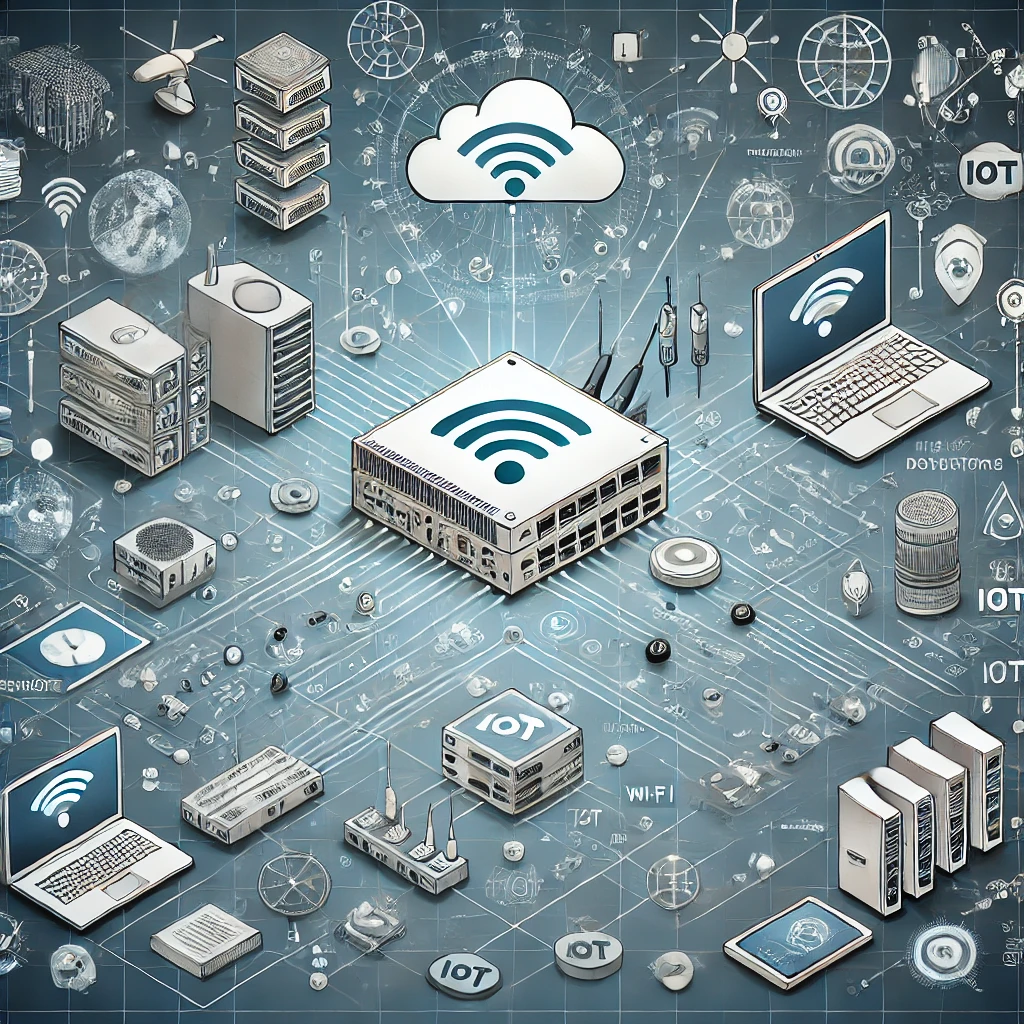Wired vs. Wireless Communication: A Comparative Analysis

Categories:
4 minute read
In today’s interconnected world, communication has become an integral part of our daily lives. Whether it’s staying connected with friends and family, conducting business transactions, or accessing information, reliable and efficient communication is essential. To achieve this, we rely on various communication technologies, which can be broadly categorized into two types: wired and wireless.
Wired Communication
Wired communication involves the transmission of data over physical cables or wires. This traditional method has been used for decades and continues to be a reliable option for many applications.
Key Characteristics of Wired Communication:
Reliability: Wired connections are generally more reliable than wireless connections, as they are less susceptible to interference and signal degradation.
Security: Wired connections can be more secure, as they are less prone to hacking and eavesdropping.
Speed: Wired connections can offer higher data transfer speeds, especially for long distances.
Cost-Effective: Wired infrastructure can be relatively inexpensive to install and maintain, especially for short distances. Types of Wired Communication:
Ethernet: This is the most common wired technology used for local area networks (LANs). Ethernet cables transmit data at various speeds, ranging from 10 Mbps to 100 Gbps.
Fiber Optic: Fiber optic cables use light pulses to transmit data at extremely high speeds. They are ideal for long-distance communication and high-bandwidth applications.
Coaxial Cable: Coaxial cables are used for cable television and internet connections. They offer good performance and are relatively affordable. Wireless Communication
Wireless communication, on the other hand, involves the transmission of data over electromagnetic waves. This technology has revolutionized the way we communicate, making it possible to connect devices without physical cables.
Key Characteristics of Wireless Communication:
Flexibility: Wireless connections offer greater flexibility, as devices can be used anywhere within the coverage area.
Mobility: Wireless devices can be easily moved around, making them ideal for mobile applications.
Scalability: Wireless networks can be easily expanded to accommodate more devices.
Cost-Effective: Wireless technologies can be more cost-effective to install and maintain, especially for large areas. Types of Wireless Communication:
Wi-Fi: Wi-Fi uses radio waves to transmit data over short distances. It is widely used for home and office networks.
Cellular Networks: Cellular networks use radio waves to transmit data over long distances. They are used for mobile phones and other mobile devices.
Bluetooth: Bluetooth is a short-range wireless technology used for connecting devices such as headphones, keyboards, and mice.
Satellite Communication: Satellite communication involves the transmission of data via satellites orbiting the Earth. It is used for global communication and remote areas. Comparing Wired and Wireless Communication
| Feature | Wired Communication | Wireless Communication |
|---|---|---|
| Reliability | High | Moderate to Low |
| Security | High | Moderate to Low |
| Speed | High | Moderate to High |
| Cost-Effectiveness | High for short distances, low for long distances | Moderate to High |
| Flexibility | Low | High |
| Mobility | Low | High |
| Scalability | Moderate | High |
Choosing the Right Technology
The choice between wired and wireless communication depends on various factors, including:
Distance: For short distances, wired connections are often more reliable and cost-effective. For long distances, wireless technologies like satellite communication may be necessary.
Security: Wired connections are generally more secure, but wireless connections can be secured using encryption techniques.
Mobility: Wireless connections offer greater mobility, making them ideal for mobile devices.
Cost: Wired infrastructure can be expensive to install, especially for large areas. Wireless technologies can be more cost-effective, but they may require ongoing subscription fees.
Interference: Wireless connections can be susceptible to interference from other devices and environmental factors. the Future of Communication**
As technology continues to advance, the line between wired and wireless communication is becoming increasingly blurred. Emerging technologies like 5G and Wi-Fi 6 are pushing the boundaries of wireless performance, making it possible to achieve speeds comparable to wired connections.
In the future, we can expect to see a hybrid approach, combining the best of both worlds. For example, wired connections may be used for critical infrastructure, while wireless connections will be used for everyday devices.
Ultimately, the choice between wired and wireless communication will depend on the specific needs of the user. By understanding the strengths and weaknesses of each technology, we can make informed decisions to ensure reliable and efficient communication.
Feedback
Was this page helpful?
Glad to hear it! Please tell us how we can improve.
Sorry to hear that. Please tell us how we can improve.